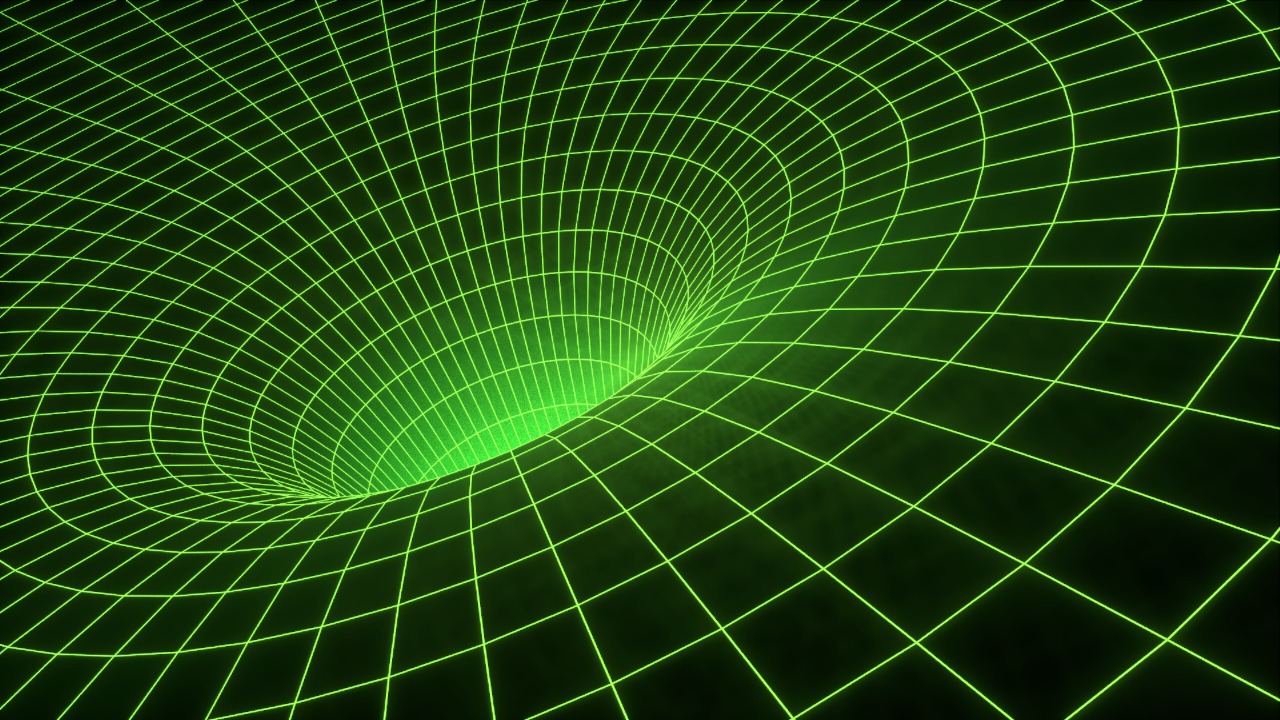
Wormholes, a fascinating concept originating from the realm of theoretical physics, have captured the imaginations of scientists and science fiction enthusiasts alike. These hypothetical passages through space-time could potentially revolutionize our understanding of the universe and how we traverse it.
In this exploration, we delve into the science and speculation surrounding wormholes, exploring their theoretical foundations, potential applications, and the challenges that stand in the way of turning these cosmic curiosities into reality.
Theoretical Foundations of Wormholes
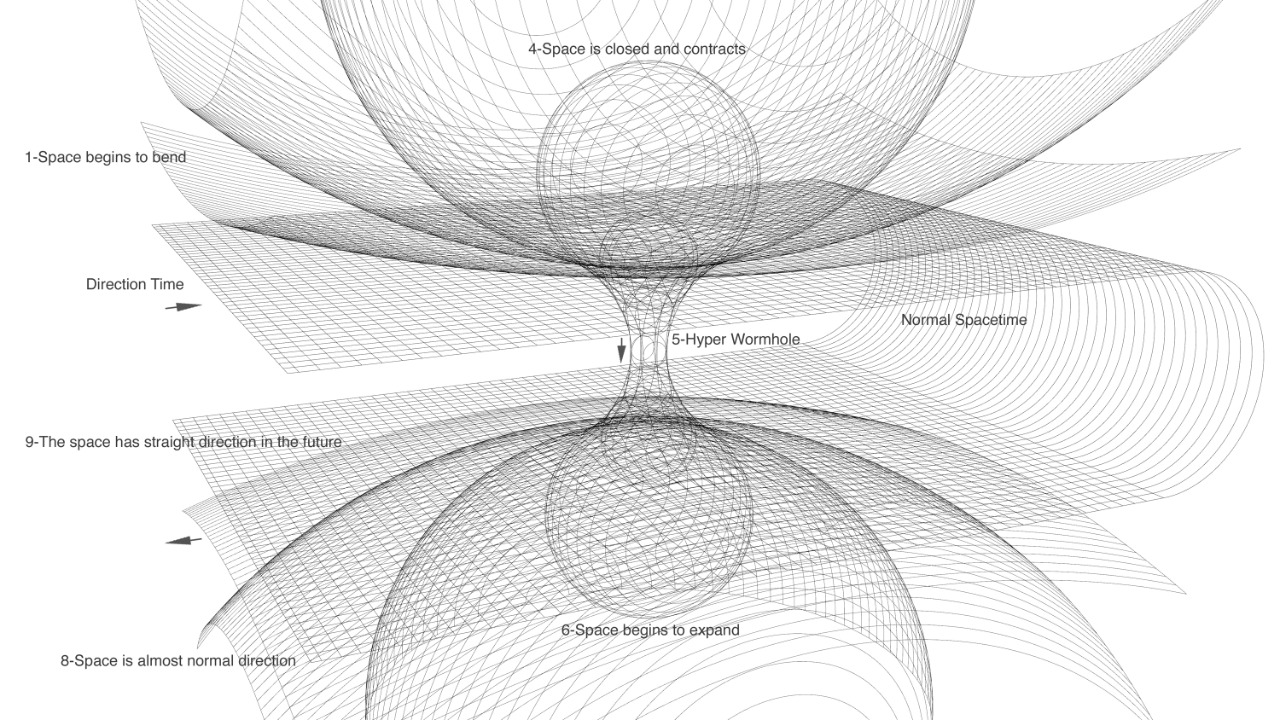
Einstein-Rosen Bridges
Wormholes were first conceptualized as Einstein-Rosen bridges, a term coined by Albert Einstein and Nathan Rosen in 1935. They proposed these bridges as solutions to the equations of general relativity, suggesting that they connect distant points in the fabric of space-time.
The idea was that these bridges could act as shortcuts, reducing the travel distance between two points in the universe. While the original concept was purely theoretical, it laid the groundwork for future research into the feasibility of such cosmic tunnels.
General Relativity and Space-Time
General relativity, Einstein’s theory that describes gravity as the warping of space-time by mass, provides the mathematical framework for understanding wormholes. Within this framework, wormholes are solutions to Einstein’s equations that theoretically allow for the bending and folding of space-time.
This folding creates a tunnel-like structure that could, in principle, connect two disparate locations in the universe. However, these solutions often involve conditions that are not yet fully understood or observable, making them a subject of ongoing scientific inquiry.
Quantum Mechanics and Wormholes
The intersection of quantum mechanics and general relativity is where the concept of wormholes becomes even more intriguing. Recent theoretical developments suggest that quantum mechanics might play a crucial role in the formation and stability of wormholes. Quantum fluctuations could potentially stabilize these structures, allowing them to remain open long enough for travel or communication.
Despite these promising theories, the exact mechanisms remain speculative, as highlighted in recent research.
Types of Wormholes
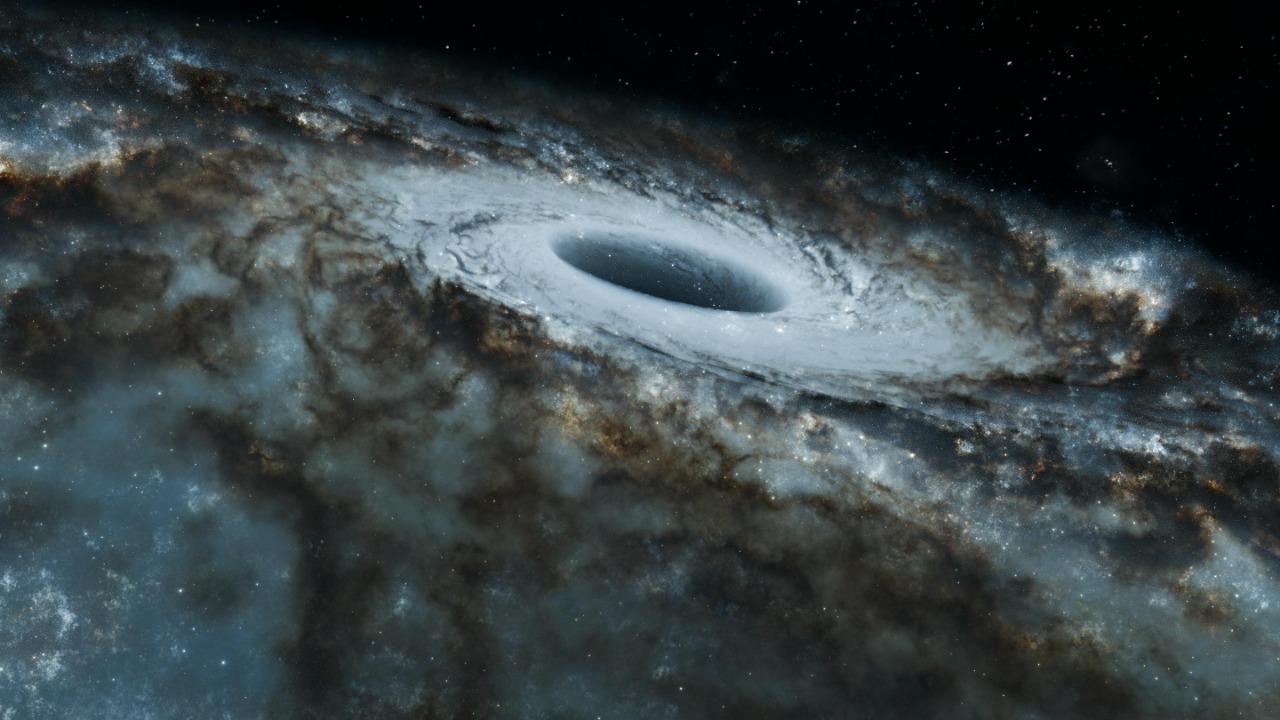
Traversable vs. Non-Traversable Wormholes
Wormholes can be categorized into traversable and non-traversable types. Traversable wormholes are theoretically passable, meaning they could allow matter or information to travel from one end to the other. Non-traversable wormholes, on the other hand, would collapse or be otherwise impassable. The distinction lies in the theoretical conditions required to keep a wormhole open, which often involve exotic matter with negative energy density—a concept that challenges our current understanding of physics.
Lorentzian vs. Euclidean Wormholes
Lorentzian wormholes are solutions to the equations of general relativity that allow for a time-like path through the tunnel, potentially enabling travel or communication. Euclidean wormholes, however, arise in a more abstract mathematical context, often related to quantum field theory.
They do not suggest a feasible path for travel but instead offer insights into the geometry of space-time. The differences between these models highlight the diverse ways in which wormholes can theoretically manifest.
Exotic Matter and Wormhole Stability
The stability of a wormhole often hinges on the presence of exotic matter, a substance with properties that defy conventional physics. Exotic matter is theorized to have negative energy density, which could counteract the natural tendency of a wormhole to collapse. However, the existence of such matter remains speculative, with significant challenges in both theoretical modeling and potential experimental verification. For a deeper dive, consider the challenges discussed in this study.
Potential Applications of Wormholes
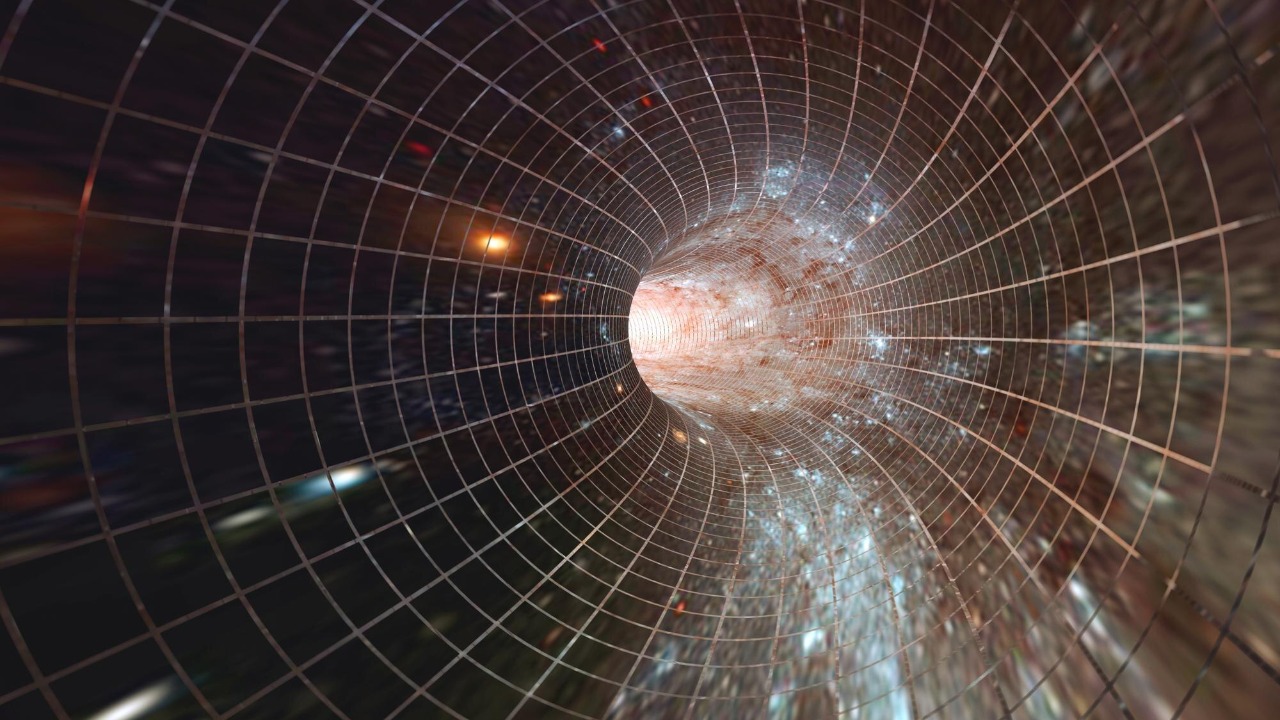
Interstellar Travel
One of the most exciting potential applications of wormholes is their use as cosmic shortcuts for interstellar travel. By connecting distant points in space-time, wormholes could theoretically enable faster-than-light travel, drastically reducing the time required to traverse vast cosmic distances. This concept has long been a staple of science fiction, but the scientific community continues to explore its feasibility within the bounds of known physics.
Communication Across Time and Space
Beyond travel, wormholes might also offer revolutionary possibilities for communication. If stable wormholes could be created and maintained, they might allow for instantaneous information exchange, bypassing the limitations of light-speed communication. This could transform how we interact with distant parts of the universe, though the complexities of maintaining such a link remain a significant hurdle.
Impacts on Future Technologies
The potential realization of wormholes could spur unprecedented technological advancements. From new propulsion systems to breakthroughs in quantum computing, the implications of mastering wormhole technology could ripple across numerous scientific fields. A deeper understanding of these cosmic structures might unlock new ways of manipulating space-time, leading to innovations we have yet to imagine.
Scientific Challenges and Controversies
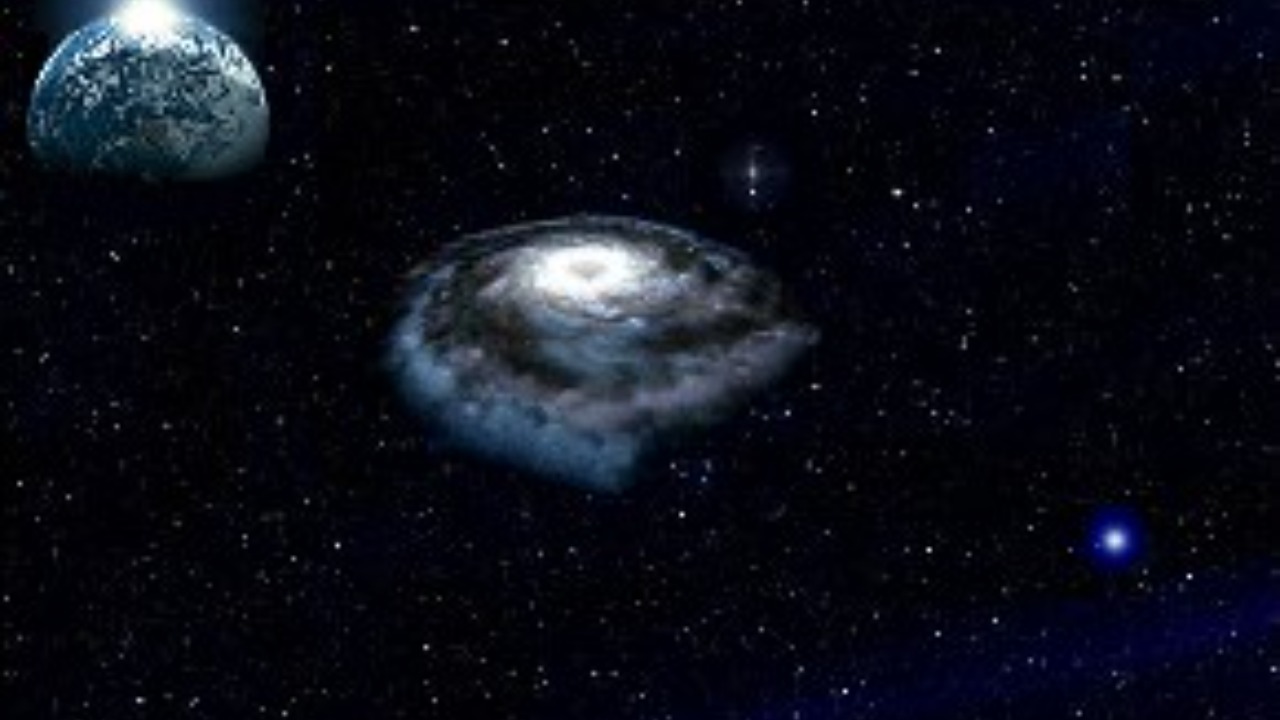
Energy Requirements
The energy required to create and sustain a stable wormhole is immense, posing one of the most significant challenges in this field. Current theoretical estimates suggest that the energy needed far exceeds our current technological capabilities. This challenge is compounded by the speculative nature of the exotic matter that would be necessary to maintain such a structure.
Causality and Paradoxes
Wormholes introduce the potential for paradoxes, particularly those involving causality. The grandfather paradox, where time travel could potentially alter past events, is a prime example. These paradoxes raise profound questions about the nature of time and causality, challenging our current understanding of the universe’s fundamental laws.
Experimental Evidence and Limitations
Despite the intriguing theories surrounding wormholes, there is currently no empirical evidence to support their existence. The technological limitations of our current instruments and methodologies make it difficult to test the predictions of wormhole theories. As a result, wormholes remain a largely theoretical construct, with ongoing research needed to bridge the gap between theory and observation.
Future Research Directions
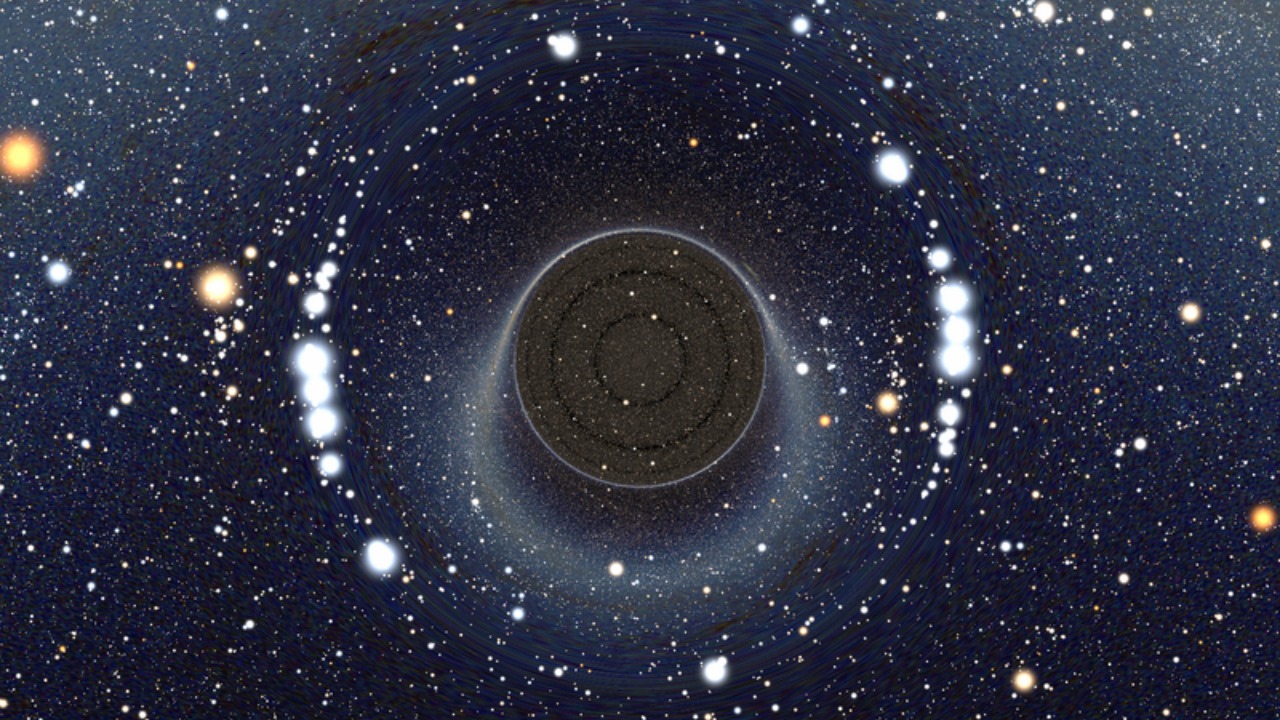
Advancements in Theoretical Physics
Ongoing research in theoretical physics continues to refine our understanding of wormholes. Efforts to integrate general relativity with quantum mechanics, particularly through the pursuit of a theory of quantum gravity, may yield new insights into the properties and potential of wormholes. Such advancements could bring us closer to determining whether wormholes are a physical reality or merely mathematical curiosities.
Role of Quantum Gravity
A successful theory of quantum gravity could revolutionize our understanding of wormholes. By providing a unified framework that reconciles the principles of quantum mechanics with general relativity, quantum gravity might offer new ways to conceptualize and potentially realize wormholes. This area of research remains one of the most promising yet challenging frontiers in modern physics.
Interdisciplinary Approaches
Addressing the challenges posed by wormhole research requires an interdisciplinary approach. Collaboration among physicists, mathematicians, computer scientists, and engineers could lead to innovative solutions and practical applications. By uniting expertise from diverse fields, the scientific community can better tackle the multifaceted questions that wormholes present, opening the door to new possibilities in both theoretical and applied physics.